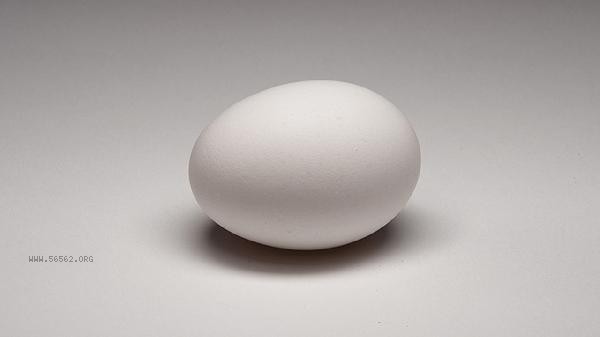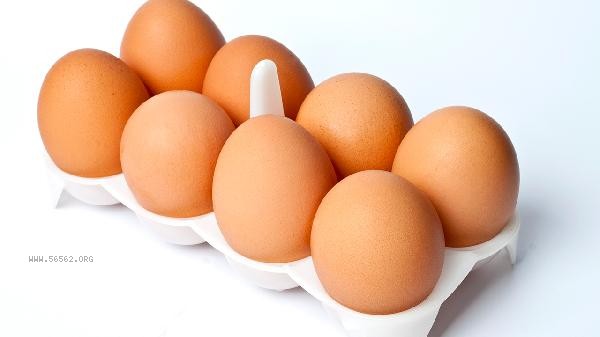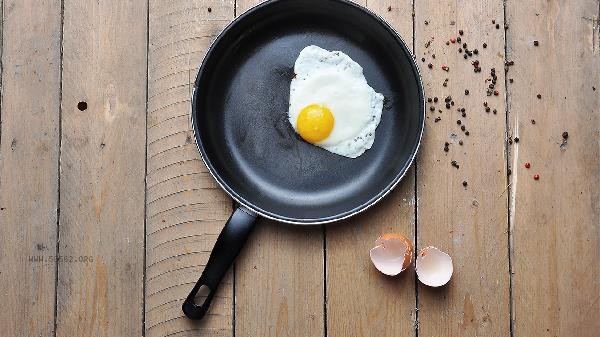When frying eggs, the formation of oil bubbles is usually due to the protein in the eggs solidifying when exposed to heat or the presence of moisture in the oil. The main reasons include insufficient freshness of eggs, high oil temperature, excessive oil impurities, unclean cookware, and improper stir frying methods.

1. Eggs with insufficient freshness
The free protein in the egg white of eggs stored for a long time increases, which is easier to form foam when heated. Fresh eggs have high egg white viscosity, stable protein structure, and less foaming. When making a purchase, the size of the air chamber can be observed through lighting, and the smaller the air chamber, the fresher the eggs.
2. The oil temperature is too high
When the temperature of edible oil exceeds the smoke point, the oil molecules will exercise violently and contact the air to produce foam. There is a significant difference in the smoke point of different oils and fats. Peanuts have a higher smoke point and are suitable for frying, while olives have a lower smoke point and are prone to foaming. It is recommended to preheat over medium heat before pouring in the egg mixture.
3. Excessive oil impurities
Repeated use of edible oil will accumulate food residues and oxidation products, which are easy to form foam when heated. Newly opened oils and fats may also contain trace amounts of moisture and phospholipids if the processing technology is not perfect. It is recommended to regularly replace the frying oil and heat it to a slightly smoky state to remove moisture before use.

4. The pan is not cleaned
The residual detergent or food residue at the bottom of the pan will change the surface tension of the liquid and promote the generation of foam. Especially for non stick pans that have been cleaned with cleaning balls, fine scratches are prone to residue. Before cooking, the cookware should be thoroughly dried to avoid mixing water and oil.
5. Improper stir
Quickly and vigorously mixing the egg liquid will mix too much air, and the protein will wrap the air to form a stable foam. It is recommended to use the push and stir frying technique, and gently flip it after the bottom has solidified. A small amount of vinegar or cooking wine can be added to destroy the foam structure.

When cooking daily, choosing fresh eggs and refined cooking oil, keeping the cookware clean and dry, controlling the appropriate oil temperature, and using correct stir frying techniques can effectively reduce the production of oil foam. If foam continues to appear in large quantities, it may be due to oil deterioration or egg quality problems. It is recommended to change the ingredients. During the frying process, the surface foam can be removed to ensure the taste of the dish. Pay attention to kitchen ventilation to avoid excessive inhalation of oil fumes, which can affect health.








Comments (0)
Leave a Comment
No comments yet
Be the first to share your thoughts!